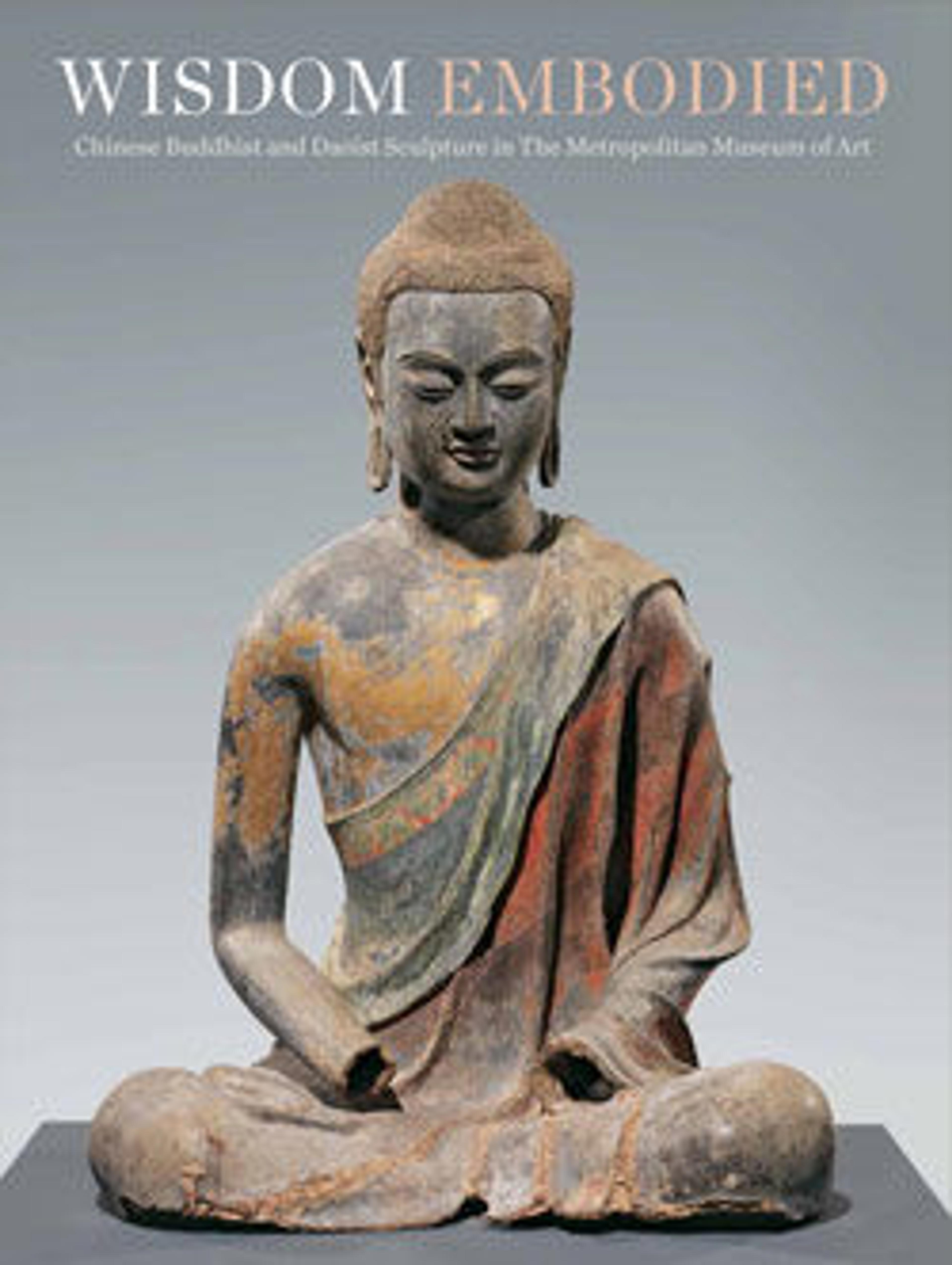Bodhisattva Avalokiteshvara (Guanyin)
A removable panel in the back of this image gives access to a hollow interior that would have been filled with offerings at the time of the piece’s consecration. The interior surface of the panel bears a date (1282) and a small bronze mirror (34.15.2) that functioned as a protective talisman.
The bodhisattva has a rounded physique and stands in a slightly twisting pose, which creates a sense of depth. Both conventions attest to the introduction of Indo-Himalayan sculptural traditions in China in the thirteenth and fourteenth centuries, when the Mongols controlled both China and parts of Tibet. The elaborate coiffure also derives from these traditions.
The bodhisattva has a rounded physique and stands in a slightly twisting pose, which creates a sense of depth. Both conventions attest to the introduction of Indo-Himalayan sculptural traditions in China in the thirteenth and fourteenth centuries, when the Mongols controlled both China and parts of Tibet. The elaborate coiffure also derives from these traditions.
Artwork Details
- 元至元十九年 彩繪木雕觀音菩薩像(柳木胎)
- Title: Bodhisattva Avalokiteshvara (Guanyin)
- Period: Yuan dynasty (1271–1368)
- Date: dated 1282
- Culture: China
- Medium: Wood (wiillow) with traces of pigment; single woodblock construction
- Dimensions: a) Guanyin: 39 1/4 in. (99.7 cm)
b) Inscribed block: H. 6 1/2 in. (16.5 cm); W. 2 1/4 in. (5.7 cm); D. 1 in. (2.5 cm) - Classification: Sculpture
- Credit Line: Purchase, Joseph Pulitzer Bequest, 1934
- Object Number: 34.15.1a, b
- Curatorial Department: Asian Art
More Artwork
Research Resources
The Met provides unparalleled resources for research and welcomes an international community of students and scholars. The Met's Open Access API is where creators and researchers can connect to the The Met collection. Open Access data and public domain images are available for unrestricted commercial and noncommercial use without permission or fee.
To request images under copyright and other restrictions, please use this Image Request form.
Feedback
We continue to research and examine historical and cultural context for objects in The Met collection. If you have comments or questions about this object record, please contact us using the form below. The Museum looks forward to receiving your comments.
